Some days, it can be tough to focus. You barely get a chance to respond to an email when your phone rings or someone stops by your office. You may have messages coming in through Slack, Google Chat, and Microsoft Teams, in addition to your work emails and your text messages.
But all that multitasking comes at a price. The American Psychological Association has collected multiple studies over the years that show that multitasking, also known as task switching, takes more time than we realize. Over the course of a day, this can reduce productivity and negatively impact the quality of your work.
Unfortunately, avoiding multitasking altogether isn’t an option for most people. The key is to be aware of how it impacts you and find ways to minimize that impact. Below are some tips and tools that can help with that.
What is multitasking?
Multitasking is when someones tries to perform two or more tasks simultaneously. Switching from one task to another, or performing two or more tasks in rapid succession.You may think you’re a master multitasker, but are you? The science says it’s unlikely. When you move from one task to another, you actually lose precious time. You’re probably aware of that, but what you may not realize is just how much it affects you.
Researchers have defined two separate areas where you lose productivity when you shift from one task to another. One is the time it takes you to change your focus, and the other is the carryover from what you were doing previously. In other words, you take extra time to pull out of one task and start on another, but even after you’ve switched, your new task competes with what you were doing previously for your attention.
Urgent matters are unavoidable, but if you find yourself restlessly moving between tasks throughout the day, it’s important to stop and think about how it’s affecting your productivity. The science says you’re better off sticking with one task at a time, but in the end, you’ll need to find the work style that works best for you.
Do you multitask?
Whether you call it multitasking, context switching, or task switching, chances are you do at least a little back and forth between projects throughout the day. It’s important to be aware of what you’re doing if you want to be more productive.
Stop and think about how you work. Do you start on one task and stay with it until it’s completed? It doesn’t count if you’re stopping to look at incoming messages or chatting with colleagues who stop by your office. Or do you jump between tasks throughout the day, attending to whatever comes along while also trying to log some work on your more long-term projects? Do you work on multiple tasks and projects at one time?
One way to really test your daily habits is to keep a log of how you work. You can simply account for every half hour on your calendar, but it’s likely easier to use an automatic tracker.
Here are some solutions that can help:
This app runs silently in the background, tracking your activities and offering tips to keep you on track. RescueTime uses expert insights to set daily work goals that will help you be more productive. But one of the biggest benefits of RescueTime is that at the end of each day, you’ll get a summary of your day’s work, giving you insight into where you’re spending your time.
Geared toward teams, TimeDoctor also monitors activity in the background and offers insights. One great thing about TimeDoctor, though, is features like Distraction Alerts, which notify you if you spend a little too much time on sites that are known time sucks, like YouTube and Facebook. You can also set up TimeDoctor to monitor your activities across multiple devices, as long as those devices run either the Windows, Mac, Linux, Android, iOS, or Chrome operating system.
Toggl makes time-tracking easy, featuring tracking that’s activated with just the click of a button. You can also automatically track every activity you spend more than 10 seconds on, with those entries logged as a timeline. You can then use the information for billing or simply get a feel for what you’re doing throughout the day. Toggl integrates with popular calendar apps to ensure your meetings and other events are automatically tracked.
You likely use a wide variety of tools to manage your projects and collaborate with others. That’s where Harvest can help. This time-tracking tool integrates with popular solutions like Trello, Slack, and Asana to measure based on your existing workflows. It also integrates with tools like Zapier and IFTTT so that you can set up automated sequences that reduce your time spent moving between apps and tasks. If your interactions in one app are automatically sent to Salesforce, for instance, you’ll reduce your need to toggle back and forth between those two apps, potentially boosting your productivity.
The best thing about tracking your activities is that it will make you aware of your own work habits. You might find simply by tracking that you’re more conscientious. As you feel that temptation to sneak over to Facebook or your favorite online news site, you’ll resist it, knowing that the time-tracking software will log it. It’s a great way to force yourself to focus.
The problem with multitasking
What happens if you’ve identified you have a multitasking habit? You may wonder if you have to change your multitasking ways. That’s where looking at the consequences can help. One expert estimates that task switching can eat into as much as 40 percent of working time.
Those lost minutes could be costing you money. If you run your own business, you already know the more productive you can be during each working hour, the more you can accomplish, and that hard work translates to money. Even if you work for someone else, though, completing your tasks on time and ahead of deadline will portray you as a reliable worker. This could eventually translate to raises and promotions, making all that hard work worth it.
But productivity isn’t the only thing at risk with habitual multitasking. Moving between tasks also makes it easy to make a mistake. If your concentration is split between what you were previously doing and the current task, you could make a critical error. That error can jeopardize your professional reputation and even lead to disciplinary action.
There’s another, more alarming cost of all that switching around. A London study found that multitasking dropped a person’s IQ at the same pace that someone experiences after a sleepless night. Your ability to absorb and retain information starts to degrade at that point, putting you in a form of autopilot. On autopilot, you aren’t your absolute best.
Related Article: The Price We Pay For Multitasking
Your apps are part of the problem
App overload has become a very real issue in todays society. Apps are supposed to make work life easier, but with notifications coming in from all over the place, they've become more of a distraction. Since the move to work from home, we've been using more apps than ever to manage our daily life and workflow. This has caused work to bleed into personal time and thrown work/life balance out of whack for many. Notification overload can cause extra stress and stressed employees don't do their best work. Having so many apps and notifications constantly vying for our attention increases the multitasking problem as we're constantly dropping tasks for new ones. This disruption to our train of thoughts costs us hours of productive work by the end of the week.
Related Article: Are All Your Apps Actually Killing Your Productivity?
How to solve the multitasking problem
For most people, multitasking is a habit developed over years. But there’s good news. You can break that habit with some fierce discipline and the right mindset. Here are some tips to help you kick multitasking to the curb.
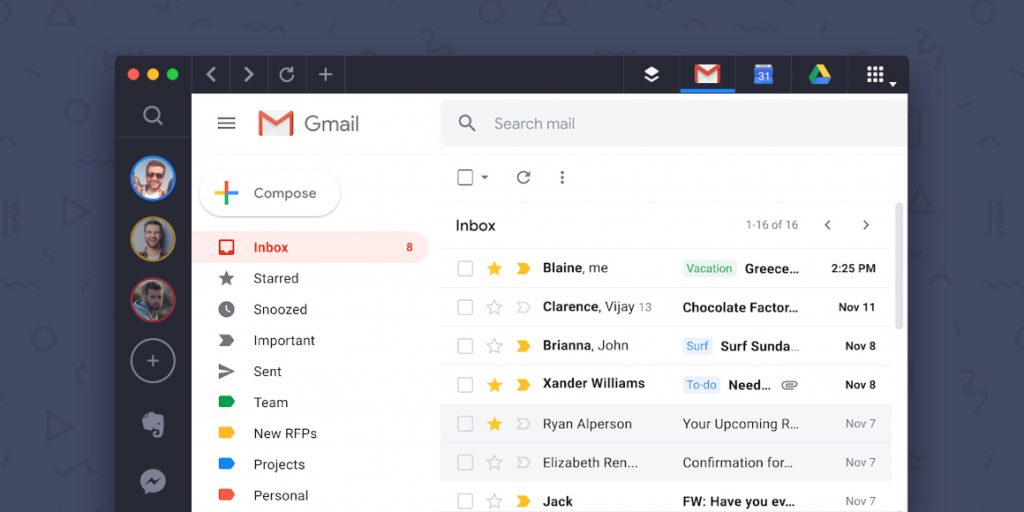
- Declutter your desktop. Yes, concentration is an issue, but you also lose time when you close one app and move to another. With Shift, you can set up a desktop that contains all your most frequently used apps. You can even add multiple instances of an app with different logins. For instance, you can set up your work and personal Gmail accounts to operate as separate shortcuts, reducing the need to log out and in each time. This will cut down on the precious minutes you spend searching, opening, and logging into various apps, while also helping you stay focused.
- Start off on the right foot. Instead of going through your email first thing every morning, put in a solid chunk of work. It might be only thirty minutes, but that small amount of time will help you knock a task or two off your to-do list.
- Work from a list. Each day, make a list of your tasks, in order of priority, and tackle one at a time until you’ve reached the end. Reward yourself when you reach the end if you accomplish your goal of staying focused on each task without allowing yourself to be distracted.
- Break your work into manageable chunks. It’s unreasonable to expect that you might be able to complete a long-term project in one eight-hour workday. Looking at it as a big task can make it seem overwhelming, pushing you to procrastinate by switching to other tasks. Instead, divide the project into bite-size pieces that you can check off individually. With each item completed, you’ll feel a sense of accomplishment that will move you forward.
- Utilize sprints. Use the Pomodoro technique to force yourself to work in timed increments. Set a timer on your phone and ignore all incoming messages and calls and stay off the internet until the timer reaches its end. Make sure, during each sprint, that you focus on one task at a time, only shifting to the next once you’ve completed the one before it.
- Block off time. Some professionals find it works well to designate certain times of day for specific tasks. If you’re most creative in the morning, for instance, use that time for planning and brainstorming. If you suffer from an after-lunch slump, that could be a good time to tidy your desk or check your email while walking around.
- Delegate and reduce. If you find yourself constantly overloaded with work, consider ways to get rid of some of it. If you can delegate or outsource to a virtual assistant, it might be well worth it to free up some time. But in the end, you may simply have to start saying no to tasks that will take you away from getting your most important work done.
- Take work breaks. Sitting too long comes at a cost to your health. Make sure you take a break occasionally, but don’t make it a break to check email or tend to other work tasks. Instead, get up and walk around. Chances are, when you sit down again, you’ll feel refreshed and ready to tackle the next task in front of you.
Related Article: Which Productivity Method is Right For You?
Tools to help with multitasking productivity
Once you’ve identified how your work habits impact your productivity, it’s time to take action. The good news is, there are plenty of tools that can help you on this journey. Here are some solutions you can use to boost your focus and get more done in the time you have available.
If you choose to pay for the premium version of RescueTime, you’ll get a feature called FocusTime, which lets you lock yourself out of distracting websites for a period of time you specify. You can choose the level of sites you block, from any site that isn’t categorized as productive to only sites categorized as “very distracting.” If there are sites you still want to access, you can name them as exceptions.
One of the best things about FocusTime is that you can set it up to be automatic. If the application detects you’ve spent too much time on unproductive sites, FocusTime will kick in. You may choose to control when you go into focus mode, but this is a great feature for those who need a little help.
Those who are motivated by a little competition tend to love gamification apps like Habitica. This app rewards you for completing tasks, giving you in-app rewards like battle armor and magic skills. Obviously, you can choose to reward yourself externally, but these in-app rewards give you an additional motivation.
Habitify is one of those apps that’s a little better if you can bring a few friends along. You can join with the rest of the team and challenge each other to accomplish more goals. If you’re flying solo, you can also issue challenges to strangers using the app.
For some, simply knowing time is being tracked can serve as a big motivator. Clockify tracks your activities in the background, creating a log that can be used to update timesheets or manage in a calendar. This is great for teams responsible for logging billable hours, but it’s also useful for holding yourself accountable for what you’re doing throughout your workday.
With Clockify, you’re in control of how you’re tracked. You can set the timer and track all your activities for a fixed period of time. Clockify also makes it easy to track your time across apps and get a feel for where your time is going each day.
Although Trello is typically a team-based app, it can be very useful for solo users, as well. You can list each of your projects and associated tasks and manage everything from there. By separating your various projects and their to-do items, you’ll more easily be able to see tasks you can bite off at once.
As with any project management tool, you get out of Trello what you put in. If you force yourself to stick with a task on one card and complete it before moving on to the next, you might find it’s a great way to avoid context switching.
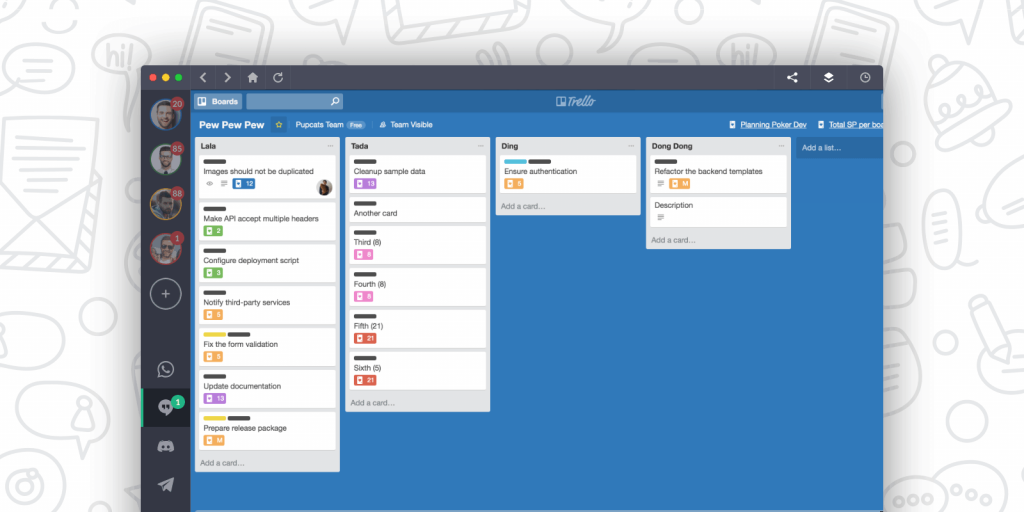
Brain science shows how context switching slows productivity, and it can also help you focus and get things done. Focus at Will uses neuroscience to deliver sounds that help you focus and retain information.
Focus at Will uses music that’s specifically designed to maximize your work time. All you’ll need is to grab a good pair of headphones and set some time aside. You can even try the app out for a week before committing to a monthly subscription.
No matter which apps you use, though, moving back and forth can waste time, especially if you have difficulty finding it in that sea of apps so many devices have. Shift lets you put your apps in one place so that you can easily move between them. Check out the supported apps here.
Related Article: The Multitasking Myth: How To Truly Increase Productivity
Manage multiple tasks and apps with ease with Shift
Shift can help you save time spent moving between apps. Whether you’re context switching or focusing on one task at a time, having access to all your software can save time. Best of all, Shift supports many of the apps you can use to help you stay focused and shut out distractions. To learn more about how Shift works, check out our tour here.
Related Article: How to Get All Your Apps in One Place









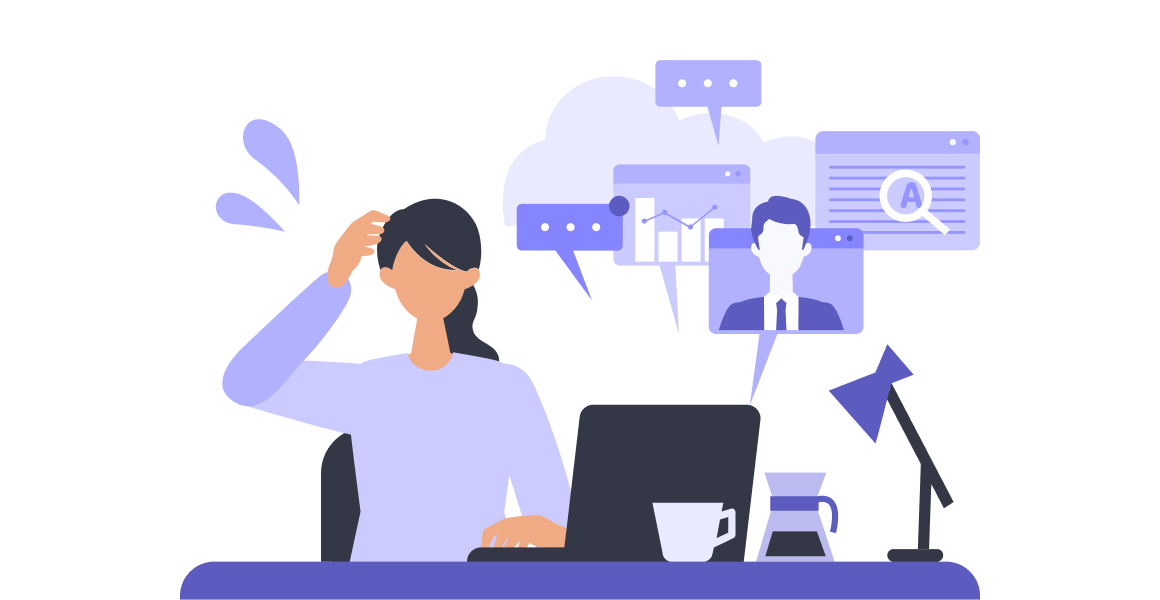


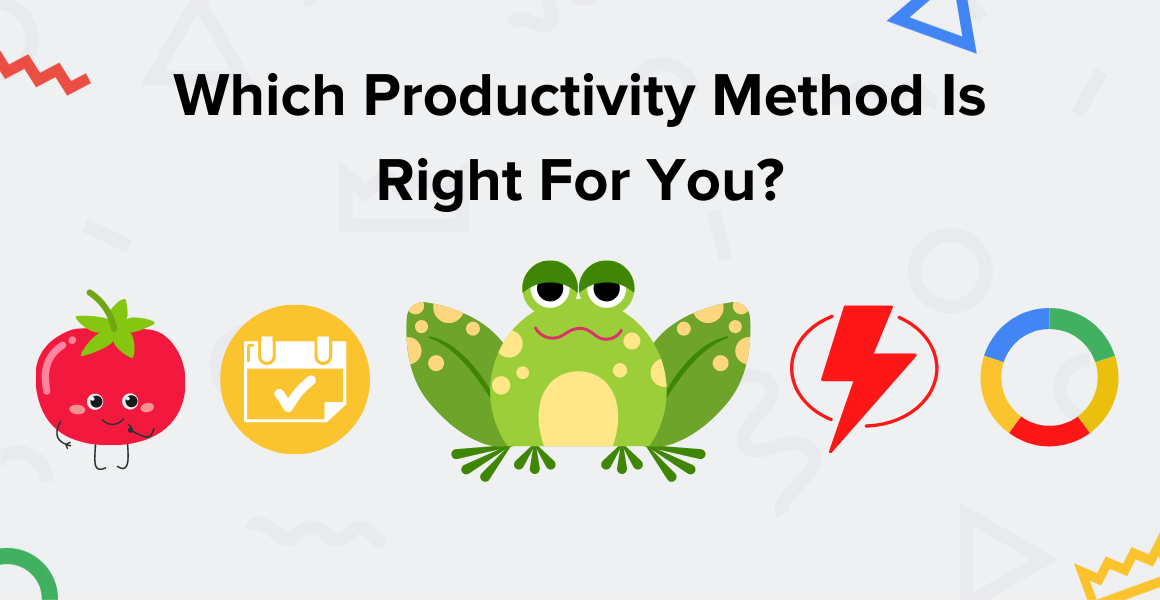
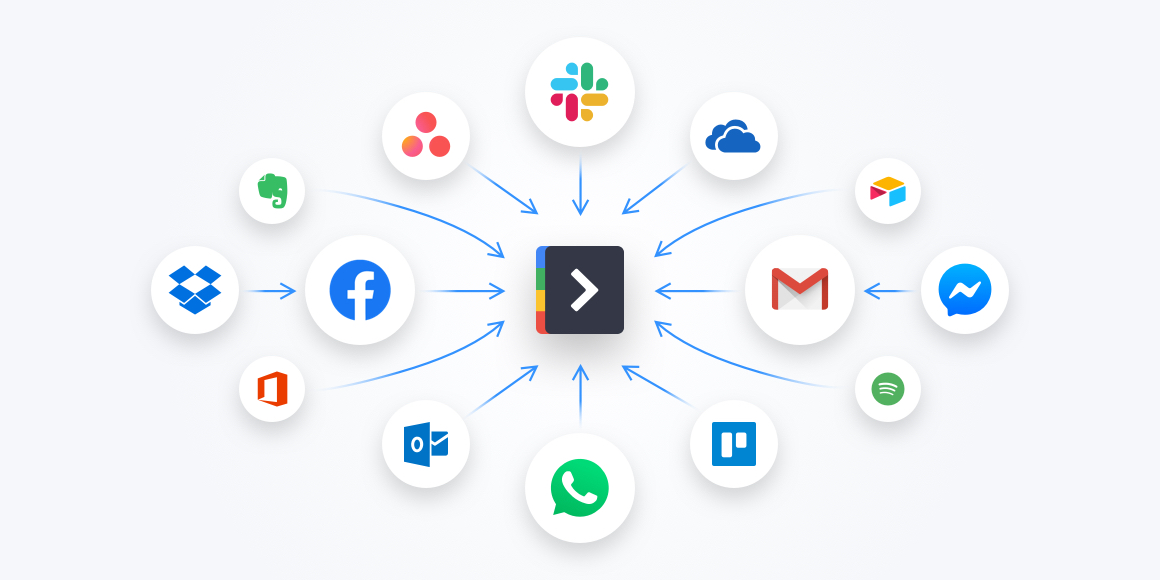





 Share on Facebook
Share on Facebook Share on Twitter
Share on Twitter







